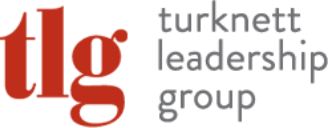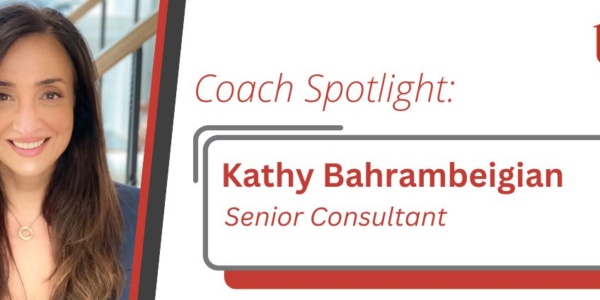
The Ripple Effect of Leadership: Harnessing Influence for Community Growth
By Tim Huff President & CEO, TLG Are you a genuine leader? Do you limit your leadership talents to your day job or do you let your leadership light shine 24×7? Genuine leadership transcends the confines of our professional life—it extends to all aspects of life, including our roles as citizens of the communities to […]










